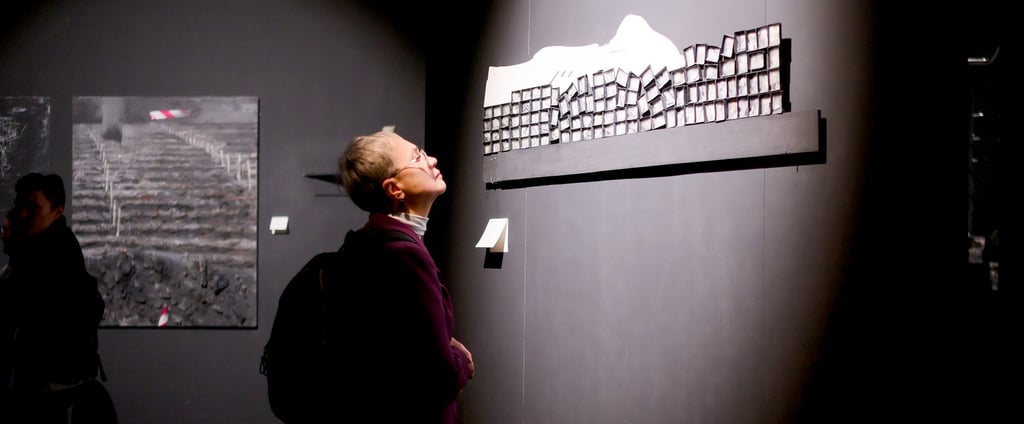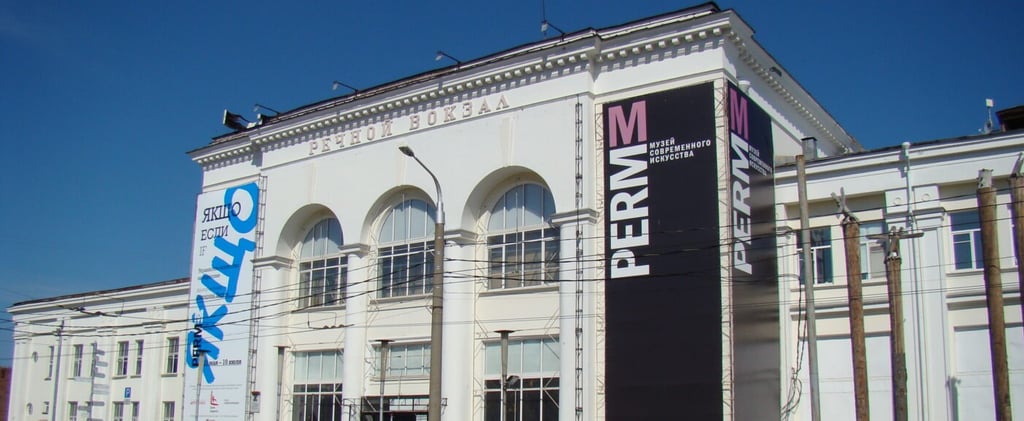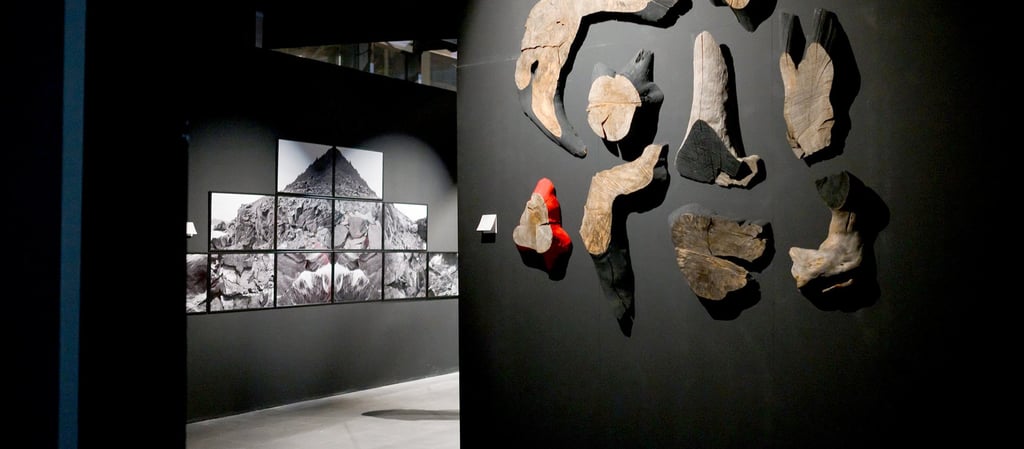Perm Museum of Contemporary Art: The Avant-Garde Heartbeat of the Kama River
Blending innovation with local identity, this dynamic museum brings global contemporary art to the cultural crossroads of Perm.


A New Voice in the Russian Provinces
In the city of Perm, where the wide Kama River winds through the Urals foothills and Soviet boulevards meet Tsarist facades, a new voice has emerged in Russian culture — urgent, experimental, defiantly alive.
This voice speaks through a singular institution: the Perm Museum of Contemporary Art, known simply as PERMM.
Here, amid the echoes of industrial history and the shadows of a complex political past, contemporary art is not a polite adornment but a force — a way of thinking, questioning, and imagining beyond the limits of inherited narratives. In a country where provincial cities have often been viewed as cultural peripheries, PERMM has proven that artistic innovation can thrive far from Moscow and Saint Petersburg.
An Unlikely Beginning
PERMM’s story is one of remarkable transformation. The museum was founded in 2009 in the wake of a bold cultural initiative by then-Governor Oleg Chirkunov and visionary curator Marat Guelman. Their goal was to turn Perm — once a closed industrial city — into a vibrant cultural hub, a laboratory for new ideas.
From the start, PERMM embraced its role as a provocateur. It was housed in a former river station, a structure resonant with local memory and industrial charm. The choice of venue was symbolic: art here would not retreat into elite sanctuaries but confront the flows of everyday life, history, and power.
The founding exhibitions — daring, politically charged, and unafraid of controversy — quickly drew both acclaim and criticism. What mattered most was that something new was happening: a museum in the Russian regions was placing contemporary art at the center of civic conversation.
Space as Statement
PERMM’s current home, a restored industrial building on Ordzhonikidze Street, continues this ethos. The museum’s architecture refuses opulence; it speaks instead of honest materials, exposed steel and brick, vast open spaces that invite not reverence but engagement.
The galleries encourage movement, dialogue, surprise. Walls shift; sightlines expand and contract; installations spill across thresholds. Visitors encounter art not as static display but as dynamic presence, alive with sound, texture, and time.
In this architectural language, PERMM declares its identity: a space for process, not product; for experimentation, not stasis.
A Platform for Contemporary Russian Art
At its core, PERMM champions the plural voices of contemporary Russian art — voices often marginalized or misunderstood in the mainstream cultural narrative.
Its exhibitions embrace a stunning diversity of media and approaches: from political installations to video art, from conceptual photography to performance, from sound experiments to participatory projects that dissolve the boundary between artist and audience.
Here, one encounters works that grapple with the legacies of Soviet ideology, the challenges of post-Soviet identity, the tensions of globalization, the urgencies of ecological crisis, and the intimate questions of memory, body, and belonging.
PERMM does not seek to impose a single aesthetic or thematic line. Rather, it functions as a platform and amplifier for artistic voices that interrogate the present moment in all its complexity.
Engagement with the Local and the Global
A defining feature of PERMM is its deep commitment to both local engagement and global dialogue.
While it brings international artists and curators to Perm, it also dedicates significant energy to cultivating the city’s own creative ecosystem. The museum offers residencies, educational programs, and collaborative projects that empower local artists, students, and community members.
At the same time, PERMM is an active participant in international contemporary art networks, forging partnerships with museums and cultural institutions across Europe and beyond. Its exhibitions often feature dialogues between Russian and foreign artists, challenging national boundaries and fostering new forms of cultural exchange.
Practical Information
The Perm Museum of Contemporary Art is located in the heart of Perm, easily accessible from the city’s cultural and transport hubs. The museum offers a dynamic program of changing exhibitions, public events, and educational activities throughout the year.
For up-to-date information on exhibitions, events, and visitor services, the museum’s website provides comprehensive details:
https://permm.ru


Art as Civic Dialogue
PERMM’s mission has always extended beyond the traditional boundaries of the museum. It sees art as a space for civic dialogue, for questioning, for imagining alternative futures. In a city like Perm, which carries the layered histories of industrialization, repression, resistance, and renewal, this mission takes on particular urgency.
Exhibitions at PERMM often address themes that resonate deeply with the local context: the memory of the Gulag system — Perm was once a gateway to the Perm-36 labor camp; the environmental impact of heavy industry; the shifting identities of post-Soviet communities; the struggles and joys of daily life in the provinces.
Rather than offering simple answers, the museum encourages complex conversations. Its programs include artist talks, public debates, film screenings, and community workshops, creating a space where the boundaries between art, politics, and public life are deliberately blurred.
In this way, PERMM functions not only as a cultural institution but as a civic forum — a rare and vital space in today’s Russia.
Challenges and Resilience
The museum’s journey has not been without turbulence. In 2013, following political pressures and shifts in regional leadership, founding director Marat Guelman was dismissed. Subsequent years saw periods of tension and uncertainty regarding the museum’s future and curatorial freedom.
Yet through these challenges, PERMM has demonstrated remarkable resilience. Its community of artists, curators, and supporters has worked tirelessly to preserve its core mission and values. The museum continues to host bold, thoughtful exhibitions, to nurture young talent, and to maintain its role as a beacon for contemporary art in the Russian regions.
PERMM’s story is a testament to the power of cultural institutions to survive, adapt, and inspire, even in politically difficult times.
The Visitor’s Experience
To visit the Perm Museum of Contemporary Art is to step into a space of invitation and encounter.
The experience is immersive: one moves through vast halls filled with light and shadow, encountering works that demand attention and reflection. The air hums with questions: about history, about the present, about what it means to live and create in a time of uncertainty.
Unlike traditional museums that ask visitors to passively consume objects, PERMM invites participation and critical engagement. Interactive installations, workshops, and community art projects break down barriers between artist and audience. Even the museum’s spatial design encourages wandering, lingering, dialogue.
There is a palpable sense of openness — a recognition that contemporary art, at its best, is a conversation rather than a monologue.
A Beacon for the Regions
Perhaps PERMM’s most important achievement lies in its role as a model for cultural innovation in Russia’s regions.
It has demonstrated that a provincial city can become a center of contemporary art, that bold curatorial vision can thrive beyond the traditional capitals, that art can engage deeply with local histories while participating in global conversations.
In doing so, PERMM has inspired similar initiatives across Russia, helping to shift the country’s cultural geography and to foster a more pluralistic and dynamic national art scene.
It stands as a beacon for what is possible when vision, courage, and community converge.




